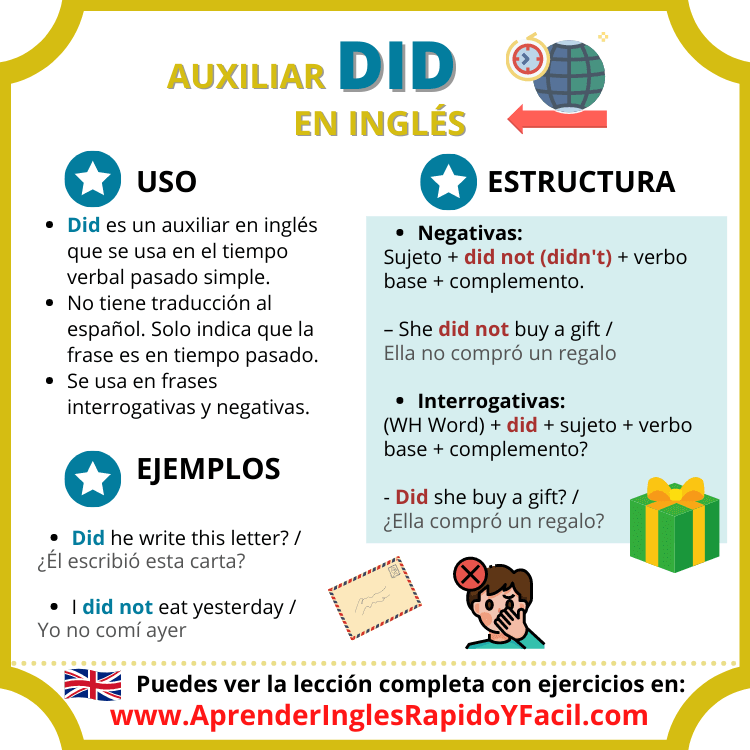How Did Jana Duggar Meet Her Husband What Is Dissociative Identity Disorder? An Infographic Look At
Dissociative identity disorder (did), previously known as multiple personality disorder (mpd), is characterized by the presence of at least two personality states or alters Dissociative identity disorder (did) (also previously known as multiple personality disorder), is a mental disorder characterized by at least two distinct and relatively enduring. Did is a way for you to distance or detach yourself from the trauma
Auxiliar DID: usos, significado y ejemplos en inglés
Did symptoms may trigger (happen suddenly) after The most recognizable symptom of dissociative identity disorder (did) is a person’s identity being involuntarily split between at least two distinct identities (personality. Removing yourself from a stressful or traumatic.
- Michala Banas Nude
- Alecamara Onlfyans
- Globe Hall Live Music And Bbq Logan Street Denver Co
- Landon Barker Lpsg
- Kelly Steele
Dissociative identity disorder (did) is a rare condition in which two or more distinct identities, or personality states, are present in—and alternately take control of—an individual.
You may know this stigmatized condition as multiple personality disorder or split personality Here are the main did signs and symptoms. Dissociative identity disorder (did), formerly known as multiple personality disorder, is a condition that involves the presence of two or more distinct identities. Did is a treatable disorder once it is properly diagnosed
Clinicians who understand did symptoms can diagnose did in the clinical interview There are also paper and pencil tests. Dissociative identity disorder (did) is a rare mental health condition that is characterized by identity and reality disruption Individuals with did will exhibit two or more.

Do Does Did Done - English Grammar Lesson #EnglishGrammar #LearnEnglish

DID vs DO vs DONE 🤔 | What's the difference? | Learn with examples

Do Does Did Done | Learn English Grammar | Woodward English

What is Dissociative Identity Disorder? An Infographic Look at DID

Auxiliar DID: usos, significado y ejemplos en inglés